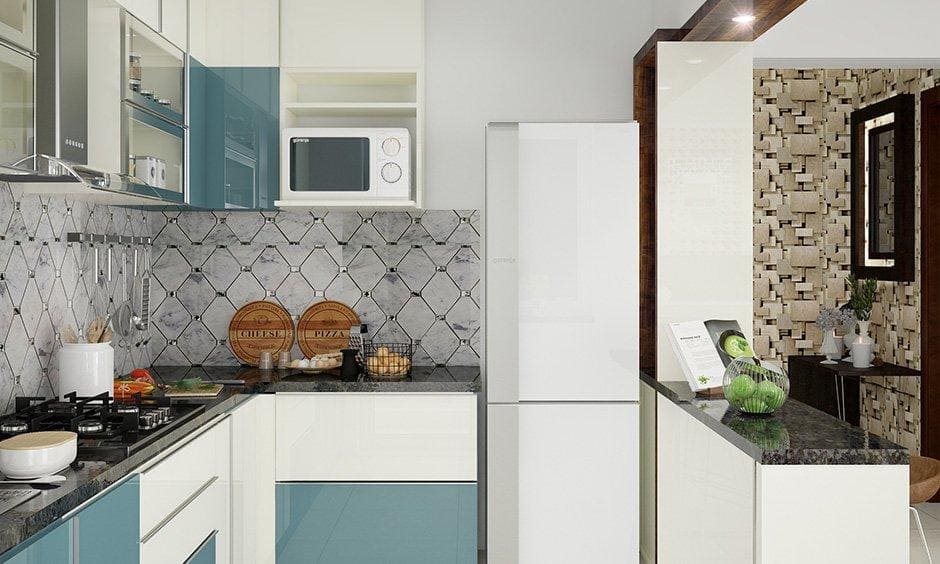In today’s rapidly advancing world, the concept of a smart home is gaining immense popularity. Many homeowners are eager to know how smart homes learn behavior to make life more convenient. Smart homes utilize cutting-edge technology to adapt to their users’ preferences, becoming more personalized and efficient over time.

The Evolution of Smart Homes
Smart homes have evolved from basic automation systems to advanced networks that can learn and predict human behavior. Initially, automation in homes was limited to simple tasks like controlling lights or thermostats. However, with the integration of artificial intelligence (AI), these systems have become more sophisticated.
Integration of AI in Smart Homes
AI plays a crucial role in the development of smart home systems. By collecting data from various sensors and devices, AI can learn and predict the habits and preferences of the household. This allows the home to adjust settings automatically, providing a seamless living experience.
How Smart Homes Learn Behavior
The core principle of how smart homes learn behavior lies in data collection and analysis. Smart devices are equipped with sensors that gather information on user activities and environmental conditions. This data is then processed by AI algorithms to identify patterns and trends.
Data Collection and Sensors
Sensors are the eyes and ears of a smart home. They monitor various aspects of the environment, such as temperature, humidity, light levels, and motion. For instance, a smart thermostat may track temperature changes and learn the preferred settings of the occupants, adjusting itself accordingly.
Machine Learning Algorithms
Machine learning algorithms are the brain behind smart homes. They analyze the data collected by sensors to develop insights into user behavior. Over time, these algorithms become more accurate in predicting actions, leading to a more intuitive home environment.
Benefits of Smart Homes Learning Behavior
The ability of smart homes to learn behavior offers several benefits to homeowners. It enhances convenience, improves energy efficiency, and provides a higher level of security. By learning user preferences, a smart home can create a more comfortable and personalized living space.
Enhanced Convenience
One of the primary advantages of a smart home is its ability to provide convenience. By learning daily routines, the home can automate tasks, such as turning off lights when no one is in the room or starting the coffee maker in the morning.
Improved Energy Efficiency
Smart homes contribute to energy savings by optimizing the use of resources. For example, a smart thermostat can adjust heating and cooling based on occupancy patterns, reducing energy waste. Similarly, smart lighting systems can dim or turn off lights when rooms are unoccupied.
Increased Security
Security is a top priority for homeowners, and smart homes can enhance safety through learning behavior. For example, smart security systems can recognize unusual activity patterns and alert homeowners to potential threats. Smart locks can also learn who is at the door and allow access only to recognized individuals.
Challenges in Smart Home Behavior Learning
While the benefits are numerous, there are challenges associated with how smart homes learn behavior. Privacy concerns, data security, and system compatibility are some of the issues that need to be addressed for widespread adoption.
Privacy Concerns
The collection and analysis of personal data raise privacy concerns. Homeowners may worry about who has access to their data and how it is being used. It is essential to ensure that data is protected and used responsibly.
Data Security
With the increasing amount of data being generated by smart homes, data security becomes a critical issue. Protecting the data from unauthorized access and cyber threats is paramount to maintaining trust in smart home systems.
System Compatibility
Compatibility between different smart devices and systems is another challenge. Homeowners want a seamless experience, but variations in technology and standards can create integration issues.
Future of Smart Home Behavior Learning
The future of smart home technology is promising, with ongoing advancements in AI and machine learning. As these technologies continue to evolve, smart homes will become even more intuitive and capable of learning complex behaviors.
Integration with IoT
The integration of smart homes with the Internet of Things (IoT) will further enhance their capabilities. IoT connectivity allows devices to communicate with each other, creating a more cohesive and responsive home environment.
Personalized Smart Home Experiences
As AI algorithms become more sophisticated, smart homes will offer increasingly personalized experiences. Homes will be able to anticipate the needs of their occupants and adjust settings accordingly, creating a truly customized living space.
Conclusion
Understanding how smart homes learn behavior is crucial for unlocking their full potential. By leveraging AI and machine learning, smart homes can provide unparalleled convenience, efficiency, and security. As technology continues to advance, the possibilities for smart home innovation are limitless.
For those interested in exploring more about smart home technology, check out this detailed overview of home automation.

FAQs
How do smart homes collect data?
Smart homes use sensors to collect data on various aspects of the environment, such as temperature, light, and motion. This data is then analyzed by AI algorithms to understand user behavior.
Is my data safe in a smart home?
Data security is a priority for smart home manufacturers. Many systems use encryption and other security measures to protect user data from unauthorized access.
Can smart homes work with different devices?
Compatibility can vary between different smart home devices. It is essential to choose devices that adhere to common standards to ensure seamless integration.





